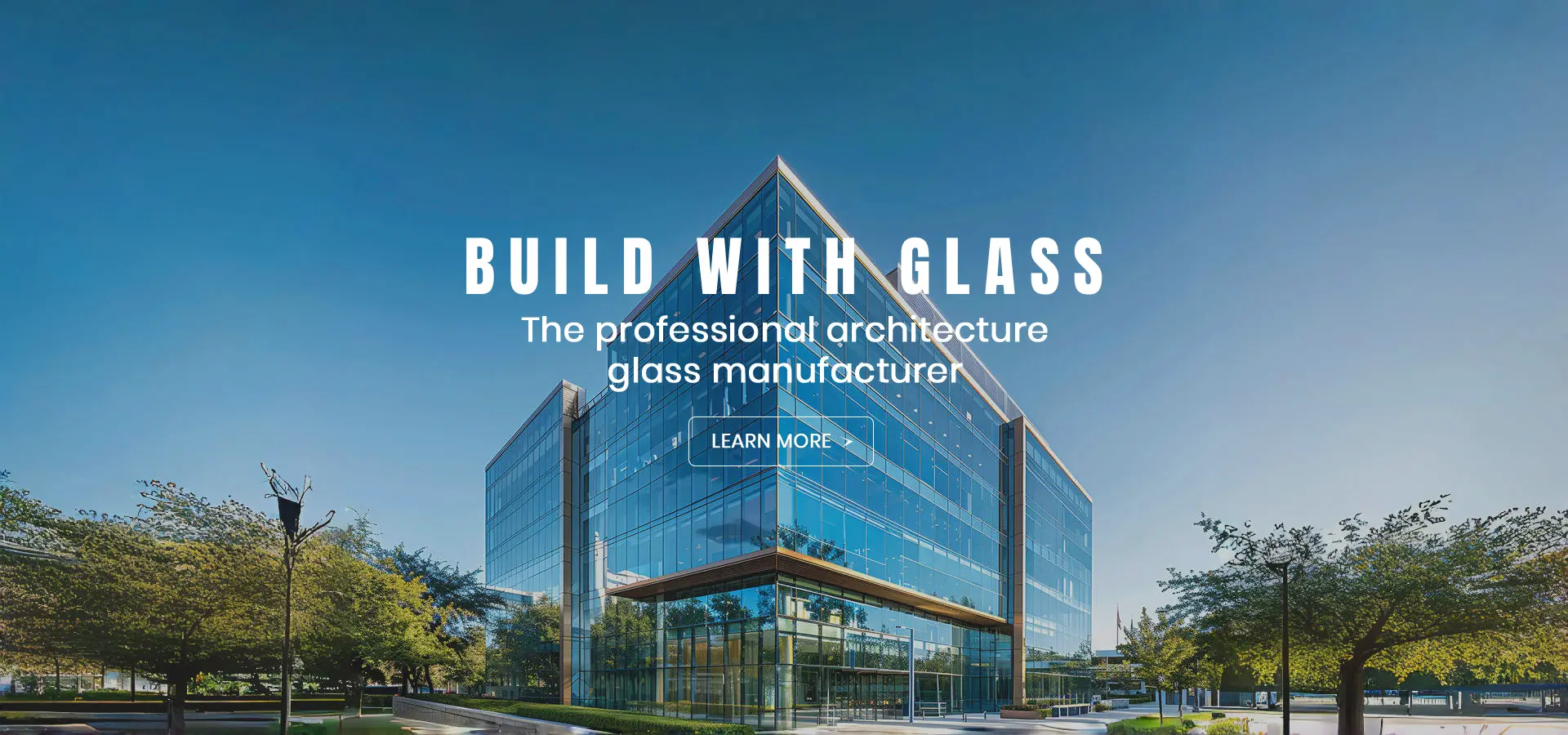The Advantages and Applications of Low-E Tempered Glass
Low-emissivity (low-E) tempered glass has emerged as a revolutionary material in the construction and design industries, being renowned for its excellent thermal efficiency and safety features. This specialized glass plays a crucial role in modern architecture, significantly improving energy efficiency in buildings while enhancing aesthetics.
What is Low-E Tempered Glass?
Low-E tempered glass adopts advanced technology that applies a microscopically thin coating to one or more surfaces of the glass. This coating reflects heat, helping to keep indoor spaces warm during winter while reflecting unwanted solar heat during summer. When combined with the tempering process, which involves heating the glass to high temperatures and then rapidly cooling it, the result is a product that boasts enhanced strength and thermal stability. This combination of low emissivity and tempering makes this glass particularly suited for a range of applications.
Energy Efficiency
One of the most significant advantages of low-E tempered glass is its energy-efficient properties. By minimizing the amount of infrared and ultraviolet light that enters a building, low-E glass helps maintain a consistent indoor temperature. This efficiency translates to reduced reliance on heating and cooling systems, thereby lowering energy consumption and resulting in considerable cost savings for homeowners and businesses alike. In a world increasingly focused on sustainability and reducing carbon footprints, low-E tempered glass is an excellent choice for environmentally conscious builders.
Safety and Durability
The tempering process not only enhances thermal performance but also significantly improves the safety and durability of the glass. Tempered glass is manufactured to withstand impacts significantly better than regular glass; it’s approximately five times stronger. In the event that it does break, it shatters into small, blunt pieces, reducing the risk of injury. This quality makes low-E tempered glass ideal for high-traffic areas, large windows, and commercial buildings where safety is a top priority.
low e tempered glass
Aesthetic Appeal
Low-E tempered glass also offers aesthetic advantages. It is available in various styles and finishes, allowing architects and designers to create visually appealing spaces without sacrificing functionality. The low reflectivity of low-E coatings allows for clearer views from both inside and outside, enabling natural light to fill spaces while minimizing glare. This characteristic is especially beneficial in residential settings, where homeowners desire bright, inviting interiors.
Applications in Construction
The versatility of low-E tempered glass extends to numerous applications in both residential and commercial construction. In residential buildings, it is often used for windows, patio doors, and skylights, enhancing energy efficiency while providing safety. In commercial contexts, it is frequently employed in storefronts, curtain walls, and office buildings, where a combination of aesthetic appeal and durability is essential.
Additionally, low-E tempered glass is increasingly being utilized in the automotive industry, where its energy-efficient properties can help in regulating interior temperatures, leading to more comfortable driving experiences and improved fuel efficiency.
The Future of Low-E Tempered Glass
As the construction industry continues to prioritize energy efficiency and sustainable building practices, the demand for low-E tempered glass is expected to rise. Advancements in technology will likely lead to even more innovative glazing solutions, making this type of glass an integral part of future building designs. This shift not only contributes to greener infrastructures but also paves the way for healthier environments, as buildings become better insulated and offer enhanced natural lighting.
In conclusion, low-E tempered glass represents a crucial innovation in modern construction and design. By marrying energy efficiency, safety, and aesthetic versatility, it not only meets the practical needs of builders and homeowners but also supports broader environmental goals. As we move toward a sustainable future, low-E tempered glass will undoubtedly play a vital role in shaping the buildings of tomorrow.
 Afrikaans
Afrikaans  Albanian
Albanian  Amharic
Amharic  Arabic
Arabic  Armenian
Armenian  Azerbaijani
Azerbaijani  Basque
Basque  Belarusian
Belarusian  Bengali
Bengali  Bosnian
Bosnian  Bulgarian
Bulgarian  Catalan
Catalan  Cebuano
Cebuano  Corsican
Corsican  Croatian
Croatian  Czech
Czech  Danish
Danish  Dutch
Dutch  English
English  Esperanto
Esperanto  Estonian
Estonian  Finnish
Finnish  French
French  Frisian
Frisian  Galician
Galician  Georgian
Georgian  German
German  Greek
Greek  Gujarati
Gujarati  Haitian Creole
Haitian Creole  hausa
hausa  hawaiian
hawaiian  Hebrew
Hebrew  Hindi
Hindi  Miao
Miao  Hungarian
Hungarian  Icelandic
Icelandic  igbo
igbo  Indonesian
Indonesian  irish
irish  Italian
Italian  Japanese
Japanese  Javanese
Javanese  Kannada
Kannada  kazakh
kazakh  Khmer
Khmer  Rwandese
Rwandese  Korean
Korean  Kurdish
Kurdish  Kyrgyz
Kyrgyz  Lao
Lao  Latin
Latin  Latvian
Latvian  Lithuanian
Lithuanian  Luxembourgish
Luxembourgish  Macedonian
Macedonian  Malgashi
Malgashi  Malay
Malay  Malayalam
Malayalam  Maltese
Maltese  Maori
Maori  Marathi
Marathi  Mongolian
Mongolian  Myanmar
Myanmar  Nepali
Nepali  Norwegian
Norwegian  Norwegian
Norwegian  Occitan
Occitan  Pashto
Pashto  Persian
Persian  Polish
Polish  Portuguese
Portuguese  Punjabi
Punjabi  Romanian
Romanian  Russian
Russian  Samoan
Samoan  Scottish Gaelic
Scottish Gaelic  Serbian
Serbian  Sesotho
Sesotho  Shona
Shona  Sindhi
Sindhi  Sinhala
Sinhala  Slovak
Slovak  Slovenian
Slovenian  Somali
Somali  Spanish
Spanish  Sundanese
Sundanese  Swahili
Swahili  Swedish
Swedish  Tagalog
Tagalog  Tajik
Tajik  Tamil
Tamil  Tatar
Tatar  Telugu
Telugu  Thai
Thai  Turkish
Turkish  Turkmen
Turkmen  Ukrainian
Ukrainian  Urdu
Urdu  Uighur
Uighur  Uzbek
Uzbek  Vietnamese
Vietnamese  Welsh
Welsh  Bantu
Bantu  Yiddish
Yiddish  Yoruba
Yoruba  Zulu
Zulu 

